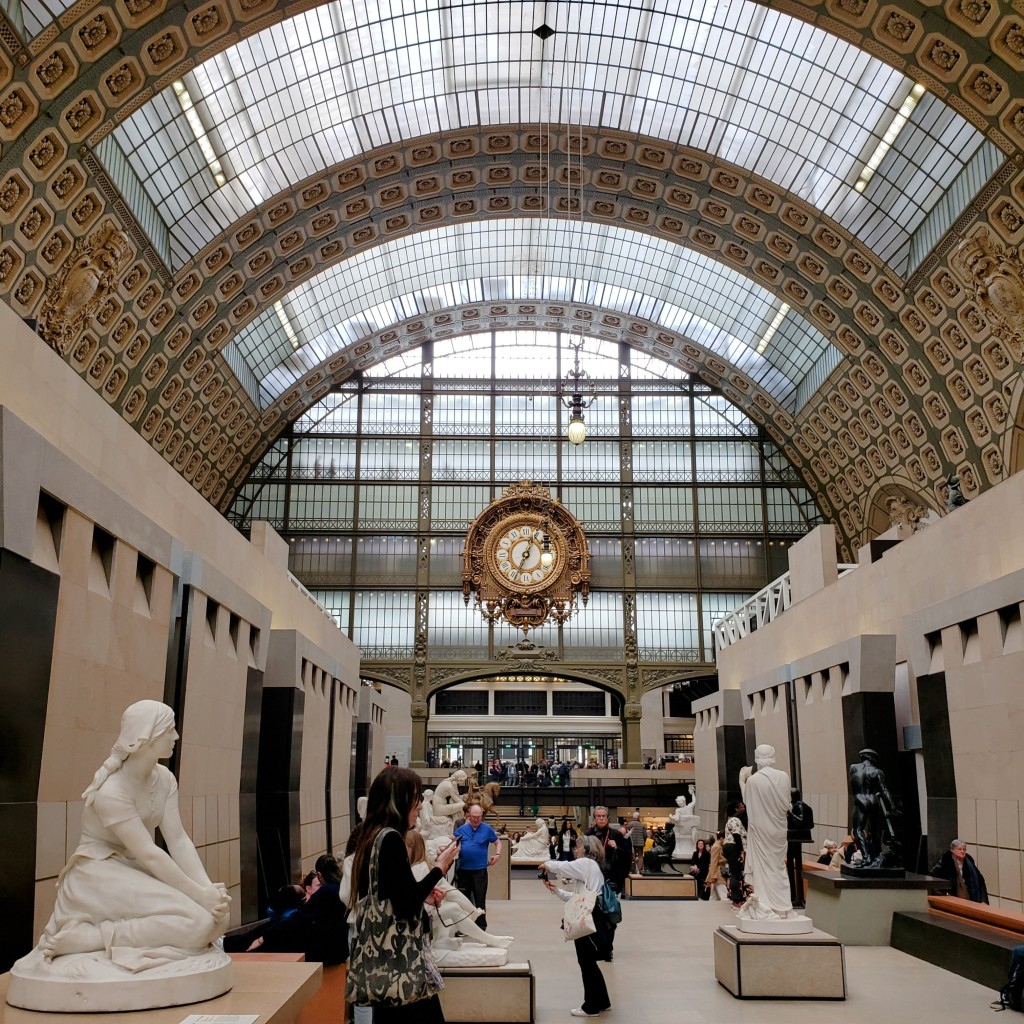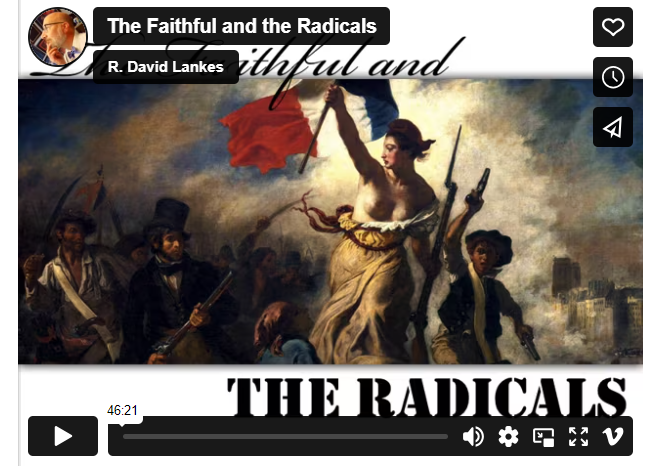The Coulée verte René Dumont—Paris’s 4.7-kilometer greenbelt built upon the remnants of a raised set of railroad tracks and which includes the Viaduc des Arts with a series of shops featuring the works of artists and artisans—is not unique. There are, among others, the similar bits of pedestrian paradise in New York—the High Line—and in San Francisco’s expansive Tunnel Tops park above the reconstructed roadway that replaced the raised bypass running through the Presidio to connect the Marina District to the Golden Gate Bridge. But it doesn’t have to be unique to be spectacular; it’s an invitation to lift oneself above the busy city streets and immerse oneself in an extended period of learning and contemplation while strolling through a set of gardens that can’t help bringing us relief from noise and crowds and commerce.
It takes us several minutes to find the entrance to the Coulée verte after we step outside the Bastille subway station. The map we are using doesn’t clearly mark an entrance, and the sensory overload from all the people, shops, mixture of old and new buildings, and enticing side streets threaten to completely derail this planned immersion into another learning space before it is even underway. But Licia and I are determined learners. We want to see and experience what we set out to learn by walking that raised path, so we make mental notes to come back another day for further explorations and focus on the lessons that call to us today.
As is often the case, the initial journey to reach the “classroom” pays off immediately. After we climb a set of stairs and gain access to the beginning of what will initially be a long, somewhat narrow landscaped path with lush green vines and shrubs and vibrant purple iris that opens up at unexpected intervals into larger spaces, we linger on benches. Watch women engaged in Tai Chi. Look down into the city streets from angles not normally accessible in this densely populated city. And remind ourselves that any learning experience grows in intensity when interspersed with periods of reflection.
We incorporate the act of taking photographs into the process of learning about and absorbing what we are seeing. We generally stop. Observe. Linger. Make an effort to become aware of fragrances as well as the sound of robins, sparrows, and doves that make each setting what it is. And only then do we try to frame a photograph in a way that makes us see it differently than it initially appeared to us. Eyes to setting to photograph then back to setting and eyes in a completely immersive learning experience which makes it memorable. And transformative. Suggestive of how all learning might so easily be approached if we were to give it the time it deserves rather than racing through it to acquire a grade or certificate of completion that is quickly set aside and easily forgotten.
I draw myself back into the moment. Realize again that the views of nearby buildings are magnificent. There is one with an impressive band of sculpted figures calling attention to its top floor—something its own inhabitants probably rarely, if ever take the time to notice, appreciate, and enjoy. Another building hints at Art Deco roots, but is playfully given a modern look through the addition of at least a couple of dozen hanging pots—blues, reds, yellow, terra cotta—filled with plants; it all suggests an apartment where the plants have taken over the entire unit and now are spilling out onto the balcony and threatening to run down the side of the building and, in a moment of complete rebellion and abandon, take over the entire neighborhood. The side of yet another stone structure that helps form the viaduct has terraced levels of greenery flowing as if the plants were water streaming toward a basin at the foot of the entire wall.
Our walk takes us through a tunnel with walls featuring painted works and sculpture. An unexpected detour when police route us off the Coulée verte to pass a section that has been temporarily closed off puts us at street level, eyeball to eyeball with some of those spaces now featuring the work of artists, architectural model makers, and other craftsmen whose proximity to each other creates a view of what is possible when artists and artisans feed off of and are inspired by each other. A small set of what appear to be publicly maintained gardens. A set of undisturbed tracks reminding us of what was here long before we were. And, finally, to the end, where we are routed back onto a city street. An invitation to find lunch at a nearby bistro. And a reminder that, in walking and observing, we learn far more than we had hoped to learn about our surroundings. And ourselves.
NB: This is the ninth in a series of reflections on traveling and learning in Paris.








 Posted by paulsignorelli
Posted by paulsignorelli 

























